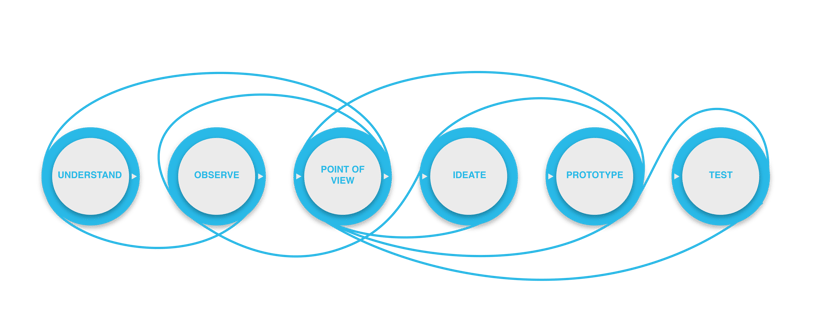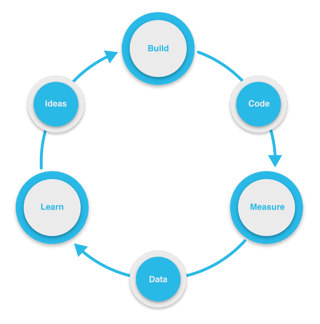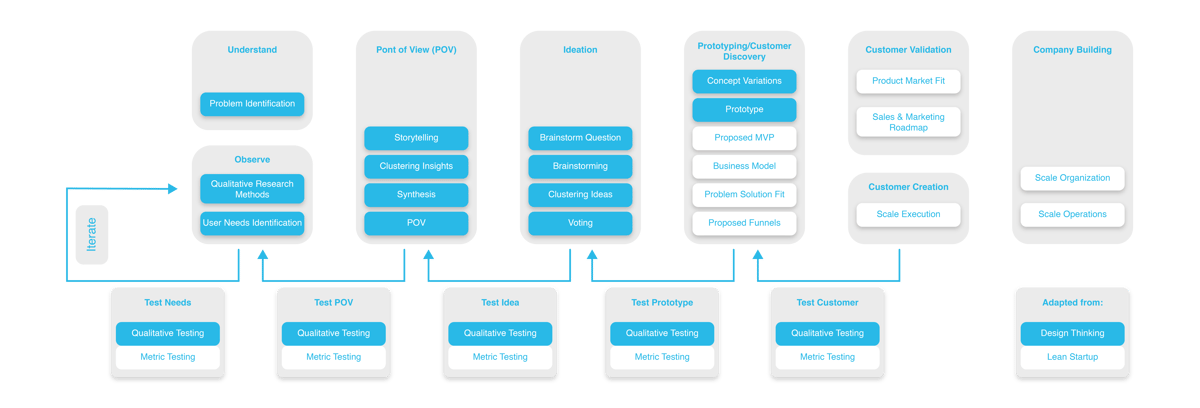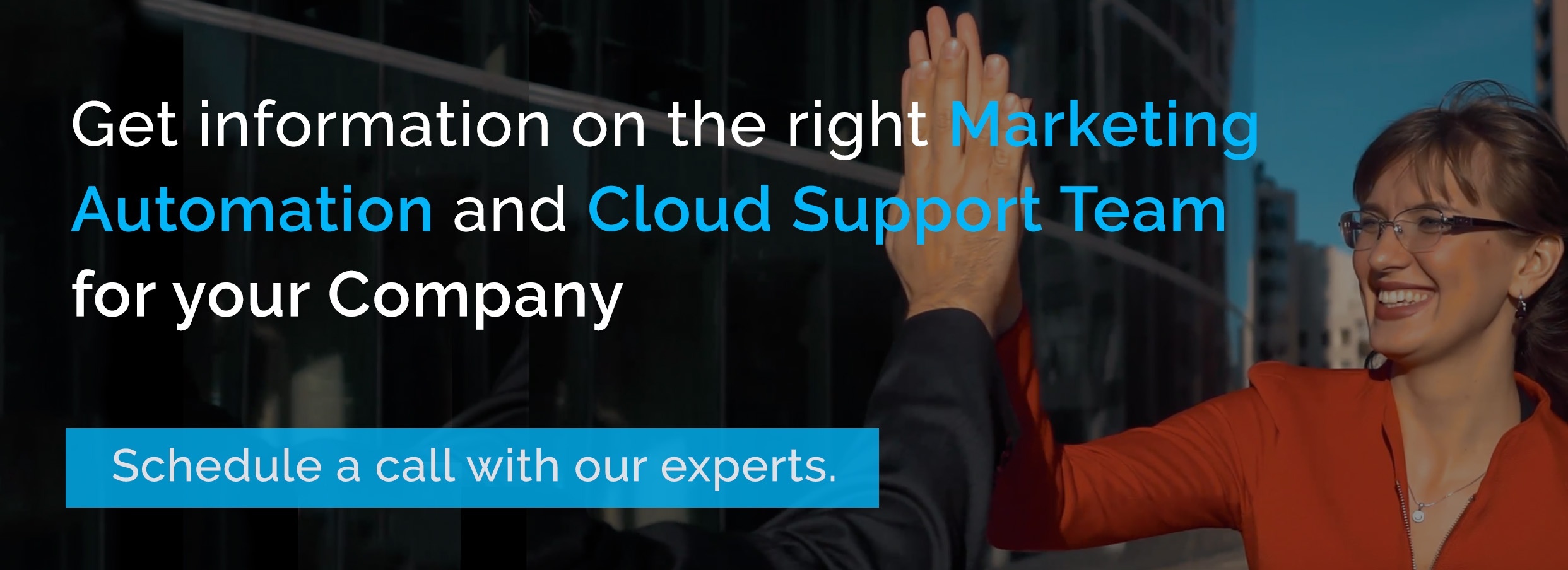The combination of three powerful concepts can be a solid foundation for a new business: lean startup, design thinking and inbound marketing automation.
The main objective of a lean startup is to bring products quickly to market. Design thinking is a streamline approach that filters out inefficiency while emphasizing innovation. Hubspot is a powerful resource for for inbound marketing automation that can help bring the concepts together. Here are ways these innovative components can spur your corporate success.
Traditional vs. Modern Business
A traditional business model is based on the premise of mapping out a target market and serving them with a product that meets a demand. While the purpose of the product may be to improve a product, close attention is paid to investment resources, which can limit the development of a product. A more modern business concept focuses more on innovation and how to quickly resolve problems that exist within the market, based on customer feedback. This idea shapes the lean startup, but also borrows from elements of design thinking.
Merging Modern Ideas
The Lean Startup approach is appealing to well-funded new businesses that are backed by venture capitalists. They are not afraid to experiment with new ideas so that they can quickly fill market voids. Many times lean startups can succeed by disrupting the market with innovative new solutions. One of the foundations that keeps these businesses grounded is that they rely on market research that identifies market holes or areas that need adjustment. Products can be refined at a quicker pace by studying consumers closely.
Design thinking is a practice that provides creative yet practical solutions to problems with the expectation of improved results. When evaluating both current and future situations, it allows for multiple alternative solutions to be explored at the same time. Unlike the scientific method, design thinking does not have to initially define all parameters, as it seeks to learn new parameters along the way that help pave the way toward a goal. Ultimately, design thinking draws from both analysis and synthesis.
Visual analogy is a big part of design thinking. Using images, one can express relationships between similar concepts, which can reduce confusion over obscure ideas. The use of math and symbols can help express visual thinking. Artists and scientists both make abstractions of the physical world, which is why they both fit into design thinking and the lean startup approach.


Figure: a) Design Thinking (Plattner et al., 2009), b) Lean Startup (Eric Riess 2011)
Roland Mueller and Katja Thoring suggest merging these two business concepts. The mix of art and science can lead to a more practical and more artistic solution. This article has a deeper look at their idea and suggests implementing it with the help of inbound marketing solutions, based on the Hubspot environment.
Planning Lean Startups
One of the key factors that distinguishes a 21st century startup venture from the previous century is that it is now equipped with the tools for finding new business models once a startup is launched. These tools from the Hubspot framework can support and automate the concepts of what Mueller and Thoring call "Lean Design Thinking". Here are the key building blocks an entrepreneur can use when sketching out a plan for lean startup:
- Key Partners - associates, suppliers and resources
- Key Activities - actions that create value propositions
- Key Resources - entities that affect funding and revenue
- Value Propositions - how customers gain value
- Customer Relationships - strategies for customer growth
- Channels - media for reaching customers
- Customer Segments - different types of target customers
The lean startup approach to business is attractive not only to small businesses, but large businesses as well. Automation that cuts costs is one of the main benefits of this modern approach to business efficiency. The main goal of a lean startup is to create fast-growing companies that provide new solutions.
Integrating Empathy in Design
Empathy for the consumer must become part of the design thinking process to create competitive innovative solutions. The process for understanding feelings and a person's relationship with a product involves the phases of discovery, immersion, connection and detachment.
The discovery phase creates curiosity through sharing insights. Immersion is shaped by the medium in which a presentation is made.
It involves storytelling and the presenting of data and images. No new information is conveyed in the connection and detachment phases, which rely on reflections of individual experiences. Empathy is gained through understanding how data relates to personas.
Information gained from studying market personas can be used to shape not just new products, but for improving existing products. The process begins with designers approaching users then studying user experiences with a product. The designer then wanders through the user's world to learn points of references. A connection will then be made in which the designer learns about user emotions. Then designers must detach themselves from emotions and develop practical solutions.
Using the Emotional Mapping Concept
The retail brand enhancement concept builds on the visceral, behavioral and reflective levels of human processing. While the visceral level reflects look and feel, the behavioral level is associated with the emotional impact of a product's utility. The reflective level deals with message and culture, shaping brand image. Products tend to be sold more on reputation and uniqueness than functionality. Brand enhancement tool can be presented with pictures and words, helping brand managers trace design elements that are often considered at an unconscious level. Ultimately, it can be used to gauge how visual displays affect customer emotions.
How Hubspot Helps
Hubspot has become one of the most important suppliers of online tools for conducting inbound marketing activities. Not only does it provide publishing tools for creating professional blogs and social media posts, it gives users plenty of ways to measure their site's performance.
But how can it help to implement the integrated approach of Lean-Design-Thinking?

Figure: Lean-Design-Thinking (R. Mueller, K.Thoring, 2012)
The lean design thinking approach integrates the Lean Startup iterations into the linear Design Thinking approach. These iterations are characterized by a qualitative testing to challenge and eventually validate the hypothsis in each state. The generation of data can be done with the HubSpot tools. E.g. A/B testing can be applied to automate and scale up the designers' approaching studying user experiences with a product in the prototyping stage (with a minimum viable product), but also in the POV and Ideation phases when collecting insights and developing ideas. Reactions on blog posts, interests in product white papers, response in tweets can by used and analyzed.
Even emotional mapping and brand enhancement tests can be partially automated through HubSpot driven tests. The big differents to a one-time laboratory test: with HubSpot, these tests can run continuously and become part of a continuous improvement process. This is in fact much more in the spirit of Lean Startup than a one-time Design-Thinking walk-through.
Conclusion
An inbound marketing campaign is an effective strategy that combines lean startup, design thinking, Hubspot concepts. When mixing the best elements of lean startup, design thinking and Hubspot, businesses can maximizse success through continuously running Lean-Design-Thinking cycle, scaling them up through high level of automation.
The outcome promises to be more precise than a laboratory test, as a bigger data basis can be used.
It will be highly economical as the HubSpot marketing environment is used for it - not generating additional costs and keeping the required headcount to run the analysis small.
Image: "Speed" courtesy of Dharmit Shah, Flickr (CC BY 2.0)
